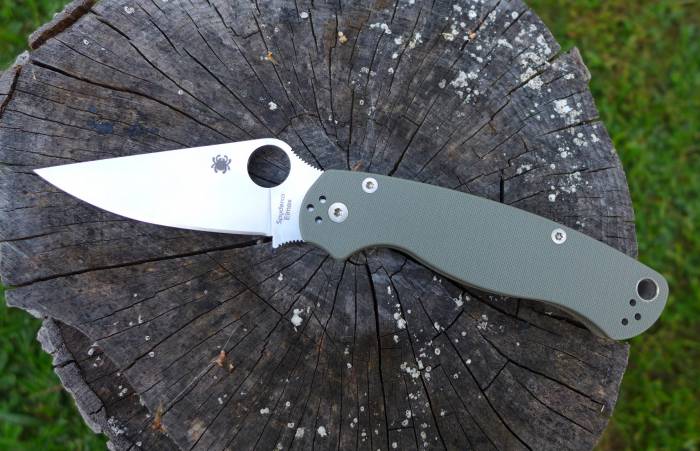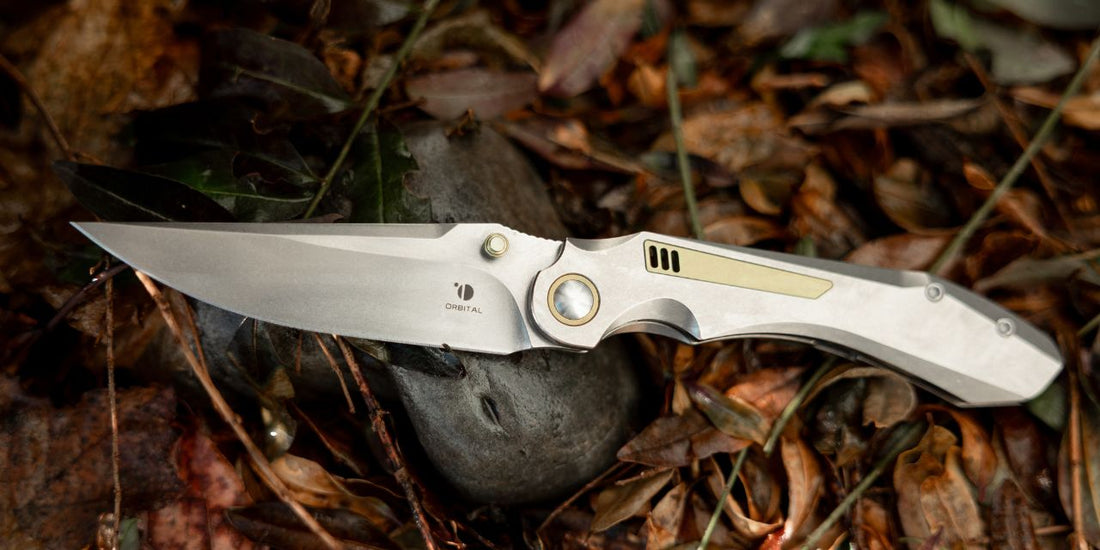For chefs and kitchen professionals navigating a fast-paced environment, safely closing a folding knife is a vital skill. Folding knives have gained popularity in culinary settings for their practicality and versatility. Yet, with their ease of use comes the need for responsibility. Understanding how to handle these tools safely is crucial, as correct techniques can minimize accidents while maximizing efficiency in the kitchen.

Folding Knife Mechanism Basics
Folding knives feature a pivot mechanism that allows the blade to retract into the handle when not in use, making them both portable and easy to store. However, not all folding knives function the same way. Variants like liner locks, frame locks, and lockbacks use distinct methods to secure the blade. Familiarizing yourself with your specific folding knife's design is the first step toward mastering its safe closure.
Steps for Safely Closing a Folding Knife
Step 1: Grip and Awareness
Begin by firmly holding the knife handle in your dominant hand, ensuring that your fingers are clear of the blade's path to prevent any accidental cuts. A secure grip is vital for maintaining control and precision.
Step 2: Disengage the Locking Mechanism
Gently disengage the lock according to the type your knife features. With a liner lock, push the liner to the side. For a frame lock, shift the frame away from the blade. In a lockback design, press down on the spine of the handle to release the blade. This step requires careful attention to ensure that the blade is completely disengaged before you attempt to close it.
Step 3: Guide the Blade Back
Once the lock is disengaged, use your non-dominant hand to carefully guide the blade back into the handle. This action should be deliberate and controlled, keeping your fingers away from the blade's edge. A smooth motion is essential to avoid the risk of the blade snapping shut unexpectedly.
Regular Maintenance is Key
Proper upkeep of your folding knife is essential for its durability and functionality. Keeping the pivot mechanism clean and well-lubricated ensures smooth operation. Additionally, routinely sharpening the blade maintains its edge, enhancing efficiency and reducing accidents caused by dull blades. For guidance on sharpening techniques, check out this article on sharpening fillet knives.
Avoiding Common Mistakes
One common mistake is rushing through the closing process, which can lead to accidents. Remember, theres no need to hurry when closing a folding knife. Another common error is not checking whether the lock is fully disengaged, which can cause the blade to snap back unexpectedly, creating a safety hazard. Additionally, ensuring that the knife is clean and free of debris before closing should never be overlooked.
When It's Time to Replace Your Folding Knife
Despite proper care, folding knives do have a lifespan. Recognizing when to replace your knife is crucial for safety. Signs that a knife needs replacement include a loose or defective locking mechanism, noticeable wear on the blade, or difficulty in operation despite regular maintenance. Upgrading to a new knife not only enhances safety but also boosts efficiency. Explore more knife types to find the best fit for you on this resource.
Further Knife Safety Resources
Kitchen professionals eager to improve their understanding of knife safety have numerous resources at their disposal. Online platforms offer tutorials, while culinary workshops provide hands-on training. Engaging with these learning opportunities can refine your skills and make safety second nature in your kitchen. Learning about the various knife types and their applications enhances your overall knowledge as well. For more information, visit folding knives for camping and oiling fixed blade knives.

Frequently Asked Questions
1. How often should I maintain my folding knife?
Regular maintenance should be done as necessary, but a thorough inspection every few weeks is recommended, especially with frequent use.
2. Can I use any lubricant for the pivot mechanism?
It's advisable to use lubricants specifically designed for knives to ensure compatibility and optimal functionality.
3. What should I do if the lock doesn't disengage smoothly?
If you encounter issues with the lock, consult a professional or consider replacing the knife to maintain safety.
This article contains affiliate links. We may earn a commission at no extra cost to you.


























